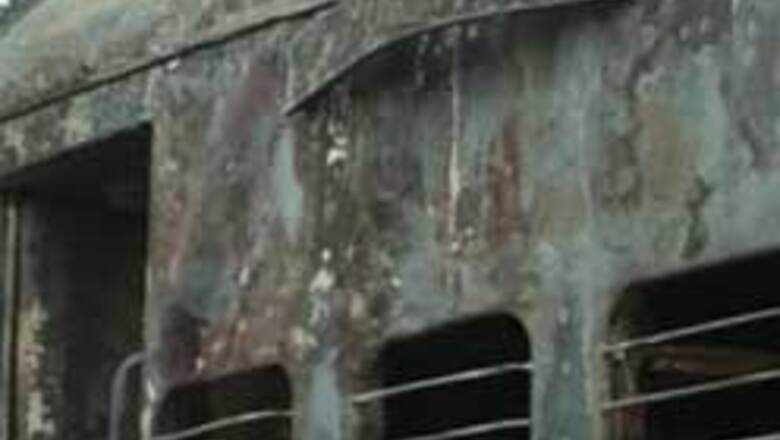
views
New Delhi: Northern Railway officials have confirmed that the blast on the Samjhauta Express travelling from the Capital to Atari en route to Lahore in Pakistan was a case of sabotage.
Samjhauta Express caught fire near Panipat district at around 2315 hrs, IST on Sunday, leaving 66 people dead and over 50 injured.
The injured persons have been admitted to nearby Civil hospital. Initial investigations reveal that cause of fire could be explosives.
"This looks like a case of sabotage. Two suitcases with live bombs have been recovered from the site," Northern Railway General Manger V N Mathur, CNN-IBN.
Both the suitcases contained IEDs - one of them also had incendiary material, either kerosene or petrol, he said.
Three live bombs have been recovered from the train which were diffused by security personnel.
The suspected terror attack on the Pakistan-bound train is also said to be a result of a serious breach of security.
Sources say the blast was a result of a serious security lapse given the fact that explosives used to trigger the blasts were not detected during the security check at the entrance of the Old Delhi Railway station.
The explosives used were reportedly low-intensity ones which could have easily passed through the metal detectors at the security check at the station.
This only indicates that the technology used for security is not advanced enough to keep terrorist activities in check.
The blast also throws light on the inability of intelligence agencies to gather prior information on such planned attacks.
And if the intellegence agencies did have such information beforehand, they were not efficient enough to alert the concerned authority to beef up security to avoid the incident.

















Comments
0 comment